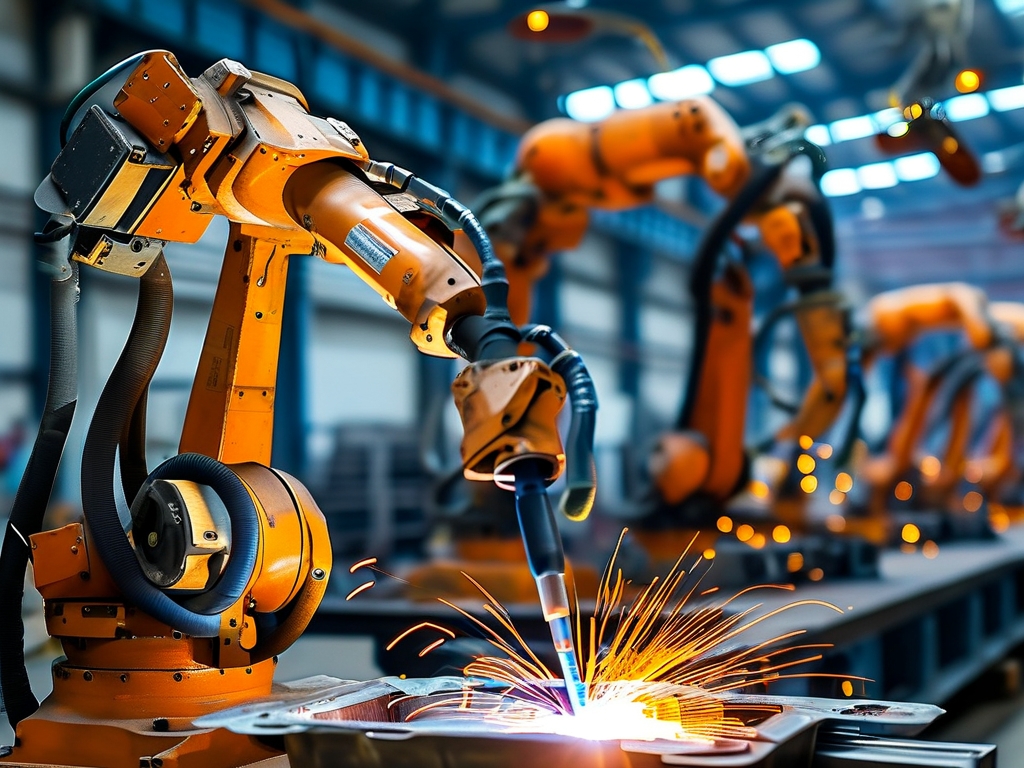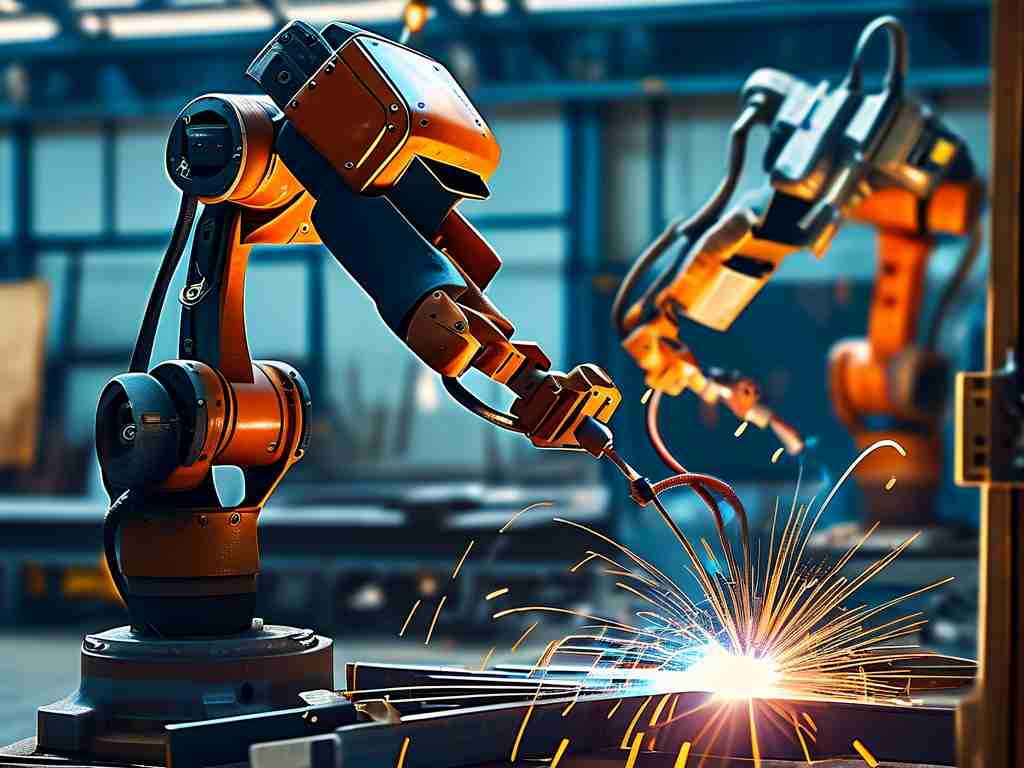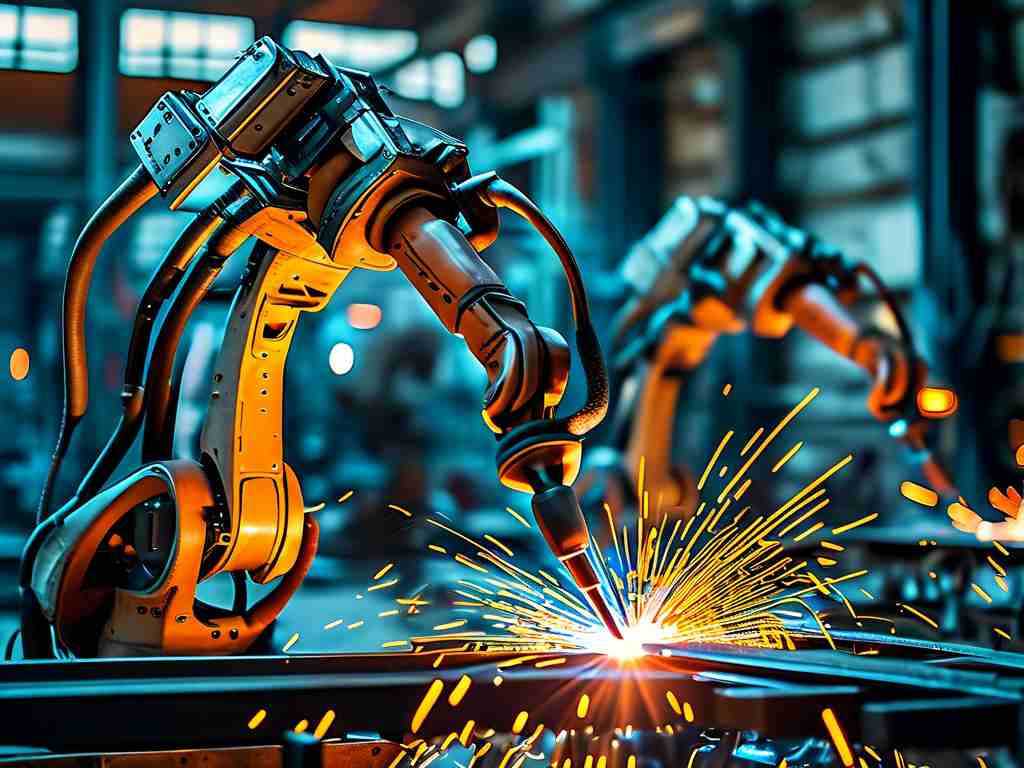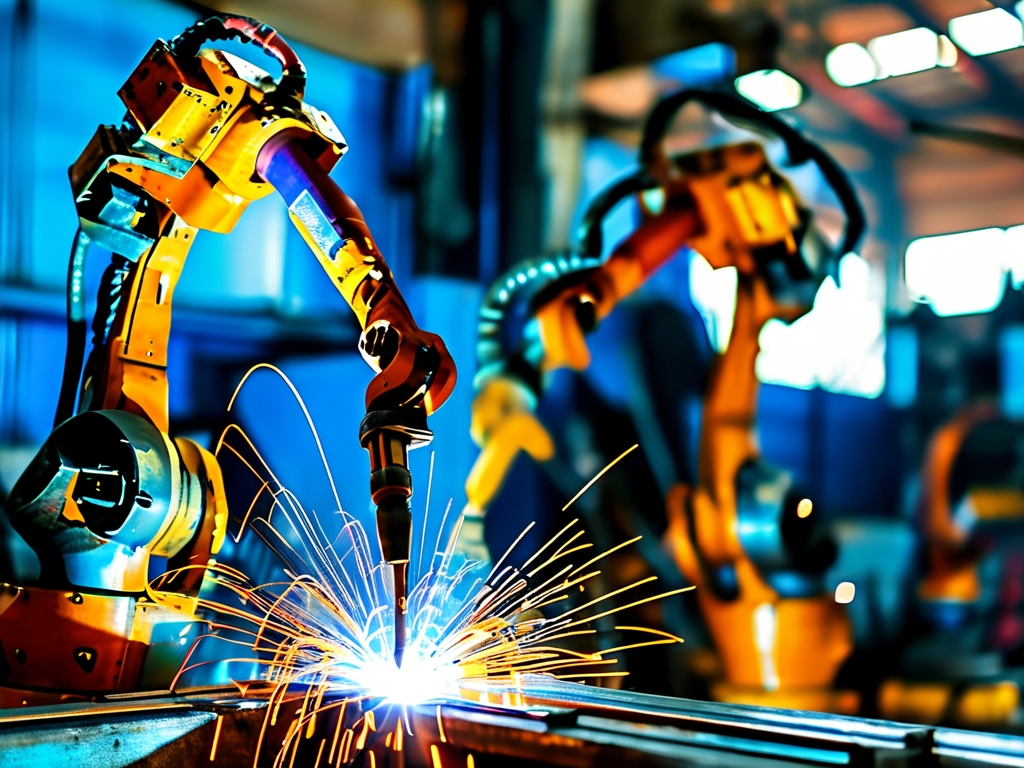Robotic aluminum welding has emerged as a transformative technology in modern manufacturing, offering precision, efficiency, and scalability. This paper analyzes the technical foundations, current advancements, persistent challenges, and future trajectories of robotic aluminum welding, providing insights into its industrial significance and potential for innovation.

1. Technical Foundations of Robotic Aluminum Welding
Aluminum welding poses unique challenges due to the metal's high thermal conductivity, low melting point, and susceptibility to oxidation. Traditional manual welding methods often struggle with consistency, especially in high-volume production environments. Robotic welding systems address these issues through programmable automation, integrating advanced sensors, adaptive control algorithms, and high-energy density welding techniques such as laser and pulsed gas metal arc welding (GMAW-P).
Key components of these systems include:
- 6-axis robotic arms: Enable multi-directional welding with sub-millimeter accuracy.
- Real-time monitoring sensors: Infrared cameras and spectral analyzers detect thermal distortions and weld pool dynamics.
- Adaptive feedback systems: Adjust parameters like voltage, wire feed speed, and torch angle to compensate for material irregularities.
2. Advancements Driving Adoption
Recent breakthroughs have accelerated the adoption of robotic aluminum welding:
- AI-Powered Path Planning: Machine learning algorithms optimize welding paths based on 3D scans of workpiece geometries, reducing cycle times by up to 30%.
- Hybrid Laser-Arc Welding: Combines laser precision with arc welding's gap-bridging capabilities, enhancing joint strength in aerospace applications.
- Collaborative Robots (Cobots): Lightweight cobots work alongside human operators to handle complex assemblies, democratizing access to automation for small manufacturers.
Case studies from automotive industries reveal that robotic welding systems achieve defect rates below 0.5%, compared to 5–8% in manual processes.
3. Persistent Challenges
Despite progress, several hurdles remain:
- Oxidation and Porosity: Aluminum's rapid oxidation necessitates inert gas shielding, yet even minor leaks can introduce porosity. Innovations like double-pulse GMAW mitigate this by stabilizing the arc.
- Thermal Distortion: High heat input warps thin aluminum sheets. Solutions include predictive modeling software that simulates thermal effects pre-production.
- Material Variability: Recycled aluminum alloys exhibit inconsistent compositions, complicating parameter tuning. Spectral analysis during welding is being tested to dynamically adjust energy input.
4. Industrial Applications and Case Studies
- Automotive Manufacturing: Tesla's Gigafactories use robotic welding for battery enclosures, achieving 98% weld consistency.
- Aerospace: Airbus employs laser-hybrid systems to weld fuselage panels, reducing weight by 15% compared to riveting.
- Consumer Electronics: Apple's robotic lines weld aluminum chassis for MacBooks, ensuring micron-level precision.
5. Future Prospects
The next decade will likely see:
- Self-Learning Systems: AI models trained on vast welding datasets will autonomously optimize parameters for novel alloys.
- Nanostructured Electrodes: Materials science innovations could reduce spatter and improve arc stability.
- Sustainability Integration: Recycling-friendly welding techniques will align with circular economy goals.
6.
Robotic aluminum welding stands at the intersection of automation, materials science, and artificial intelligence. While challenges like thermal management and material variability persist, ongoing research and cross-industry collaboration promise to unlock unprecedented efficiencies. As industries prioritize lightweight, durable components, this technology will remain pivotal in shaping the future of manufacturing.
Word count: 1,027





